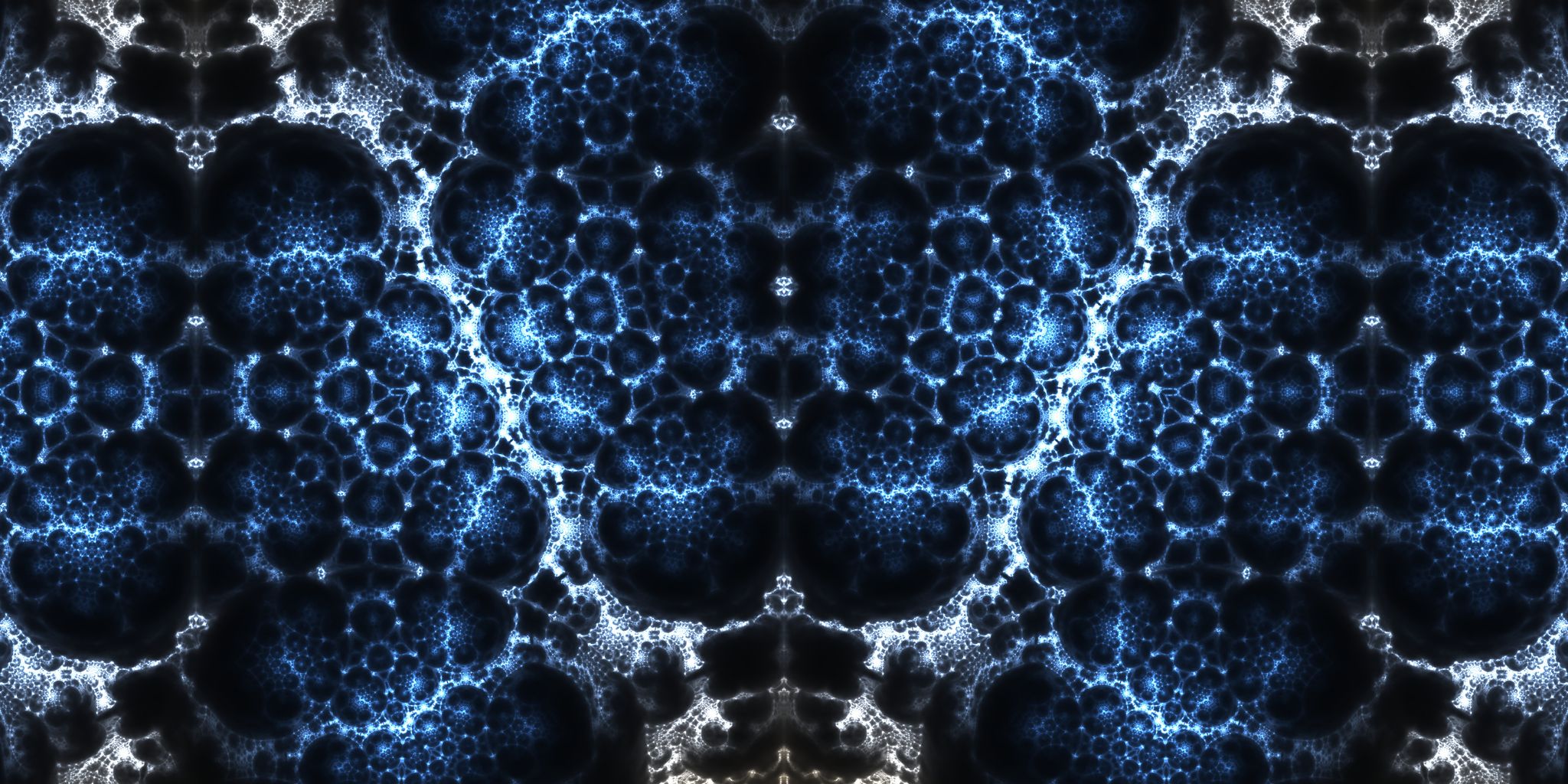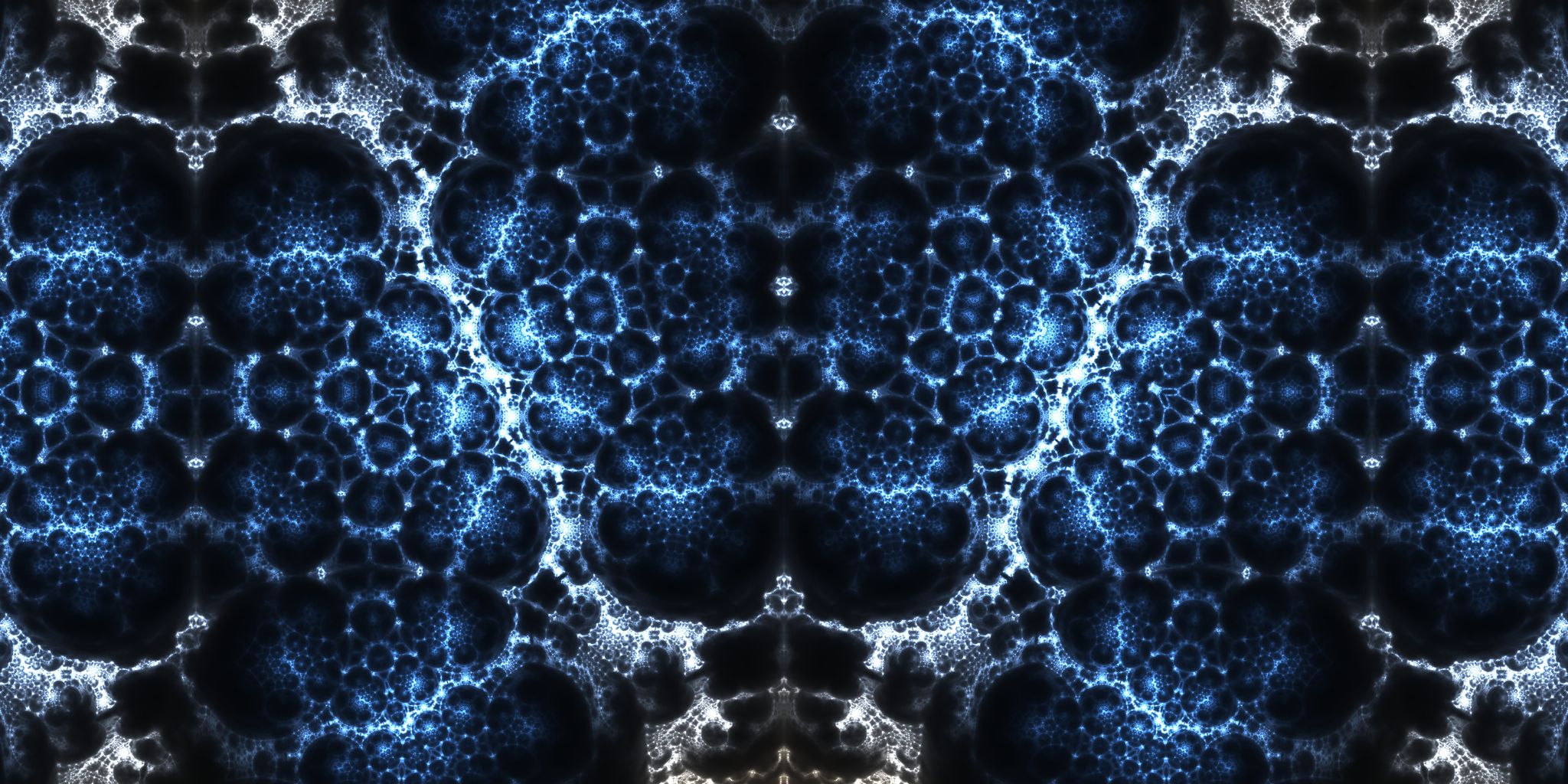Abhidharma
日本語
 Abhidharma / アビダルマ2024/5/0 10:482025/8/0 8:26
Abhidharma / アビダルマ2024/5/0 10:482025/8/0 8:26Musings and Parting Words Resonate
While philosophy gazes upon the identity of the cosmic principle (Brahman) and the individual (Atman) based on Mahayana Buddhism, let us turn our attention to Hinayana Buddhism, one of the Indian Buddhist traditions.
This is a message from the self observing itself, yet simultaneously a unilateral message directed towards all other selves to which it is related. It is nothing more than that.
The World of the Sarvāstivāda
In the worldview of the Sarvāstivāda, a school of Hinayana Buddhism, all dharmas exist simultaneously in the past, present, and future. Dharmas are the teachings (Āgamas) of the Buddha's disciples and also represent the law. The analytical study of these teachings is known as Abhidharma.
The existence of dharmas across the three times does not contradict the principle of impermanence. Dharmas exist momentarily and then perish (momentary cessation). Therefore, each instantaneous dharma continues to exist from the future to the past, and through this, impermanence is realized through causality. This means that the dharmas that appear in the present already exist in the future.
The focus of Abhidharma is not on cosmic principles but on human existence itself, which is the cause of sentient beings. Sentient beings (sattva) encompass everything that originates from or influences the mind, and it is about the relationships themselves.
Although the universe and humans are labeled separately in terms of interest, it is believed that the source of cosmic energy and human energy is the same.
All is Dharma
The external world of sentient beings is divided into three realms: the realm of desire, the realm of form (material world), and the formless realm (spiritual).
In the Sarvāstivāda school, it is said that as long as one continues to dwell in this external world (not in a physical sense), all cycles of rebirth are tainted (sāsrava). Sāsrava refers to everything that possesses defilements, and even the path to enlightenment (liberation) is considered tainted as long as it is pursued with the awareness of enlightenment. The entirety of human existence is conditioned by causality and is simultaneously desired and clung to as tainted.
In contrast to sāsrava, there is anāsrava, which refers to enlightenment. Attaining anāsrava requires knowledge, and it can be said that the Buddha approached this practically, while Buddhism approaches it theoretically.
Anāsrava is the state where all aspects of real life are understood as impermanent, conditioned, and where desires and attachments diminish, leading to the realm of nirvāṇa. Therefore, the state of nirvāṇa is unconditioned and anāsrava.
Āgamas can handle conditioned and tainted, as well as unconditioned and anāsrava, simultaneously in parallel, thus it can be considered that they encompass all dharmas of the world.
Impermanence, Suffering, and Non-Self
Within the Buddhist system of dharmas, there exist impermanence (anicca), suffering (dukkha), and non-self (anatta).
All things are impermanent, and due to impermanence, there is suffering. Suffering arises because we fail to understand impermanence and cling to phenomena. All compounded things are impermanent and subject to causality, but by not comprehending this and clinging to them, we create suffering for ourselves. When impermanence is seen as suffering, there can be no unchanging "self" (atman), hence the notion of non-self. In other words, the Buddhist teaching states that all conditioned phenomena are merely manifestations without any absolute, inherent essence to ground them.
Buddhism does not seek to find absolutes, uncertainties, or coincidences. Rather, it seeks to uncover logic, which it terms "dependent origination" (pratītyasamutpāda).

The Unity of Brahman and Atman
Through practices such as meditation, there exists a state where one becomes unified with Brahman (the universal principle) and Atman (the individual self, the essence of life that transmigrates through successive rebirths). This is known as the unity of Brahman and Atman, or "Brahma-Atma Aikyam." It represents a transcendence of the cycle of rebirth. Kūkai referred to this as the attainment of Buddhahood in this very body.
Micro and macro, one and all, Brahman and Atman, I feel the unification of these.
